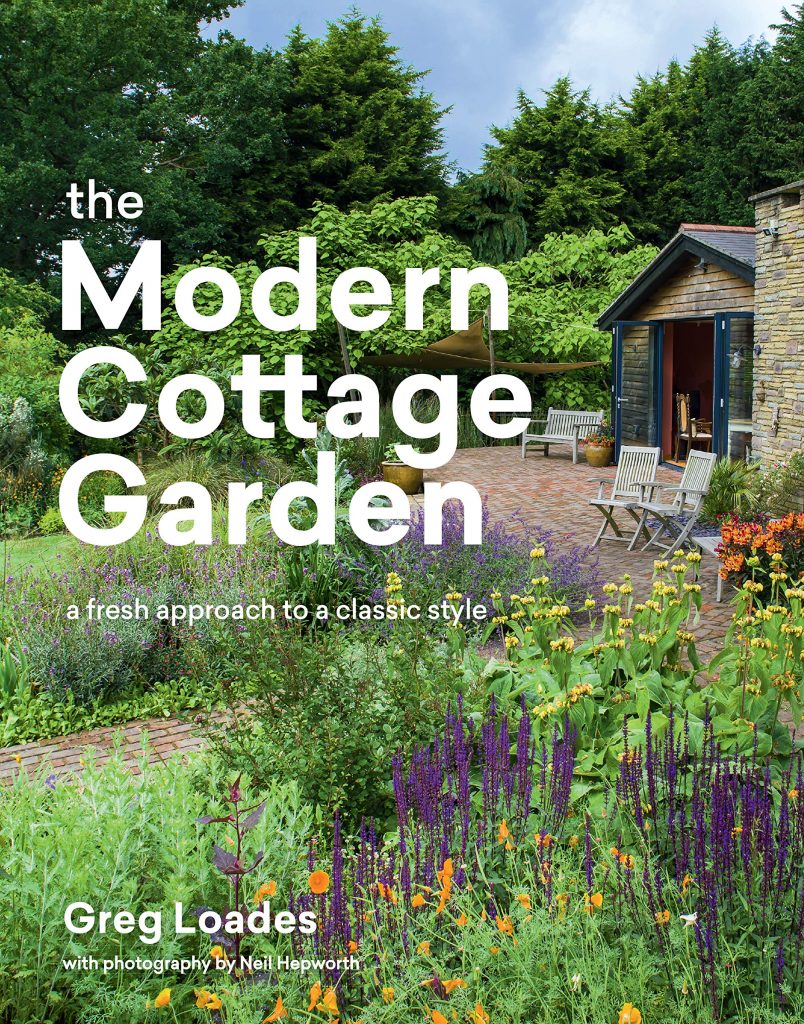
May is peak cottagecore vibes for me: the nascent blooms, the birdsong, the feel of sun on your skin. It’s all very life-affirming after the cold dregs of winter. Cottagecore, like spring, is pleasant. Pretty. Unchallenging. And above all, a fantasy. So what better time of year than May to dip into some cozy fantasy?
I was first made aware of this niche genre by a friend of mine, a fellow cozy enjoyer, my Stardew Valley compatriot. While discussing our current reads, she turned to me and said, “Okay, don’t judge me, but…” and then described Legends and Lattes to me, essentially a story about an orc running a coffee shop. Far from judging, I thought it sounded lovely. I looked it up and had a chuckle at the novel’s subtitle: “A Novel of High Fantasy and Low Stakes”. Because that’s cozy fantasy in a nutshell. The fantasy doesn’t necessarily need to be high, but the stakes must be low. Sometimes you want to just chill with some elves without it becoming a whole thing.
Typically, the markings of high fantasy involve (per Masterclass) “a setting very unlike Earth”, “world threatening forces”, and “fantastic creatures, historic or unusual technologies, magical elements, and other unearthly elements”. We’re talking Lord of the Rings, A Song of Ice and Fire, The Fifth Season territory: maybe based somewhat on the real world (Tolkien and Martin based their continents on Earth’s recognizable geography), but populated with fantastical creatures and shaped by a need to vanquish a world-shattering foe (or foes). Cozy fantasy, on the other hand, can feature the trappings of high fantasy (creatures, magic, etc.) without the hassle of saving the world. Everyone’s definitions of what counts as “cozy” seems to differ slightly, but I like the way Book Riot puts it: “Cozy is an emotive modifier like horror or thriller, where the category informs readers what emotional effect the book builds.” It’s a rejection of the cynical, grimdark facets of some modern fantasy (like the Game of Thrones HBO series) which can sometimes seem dark for dark’s sake. This is fantasy, people! We don’t always have to base it on some pseudo-medieval brutality!
Continue reading